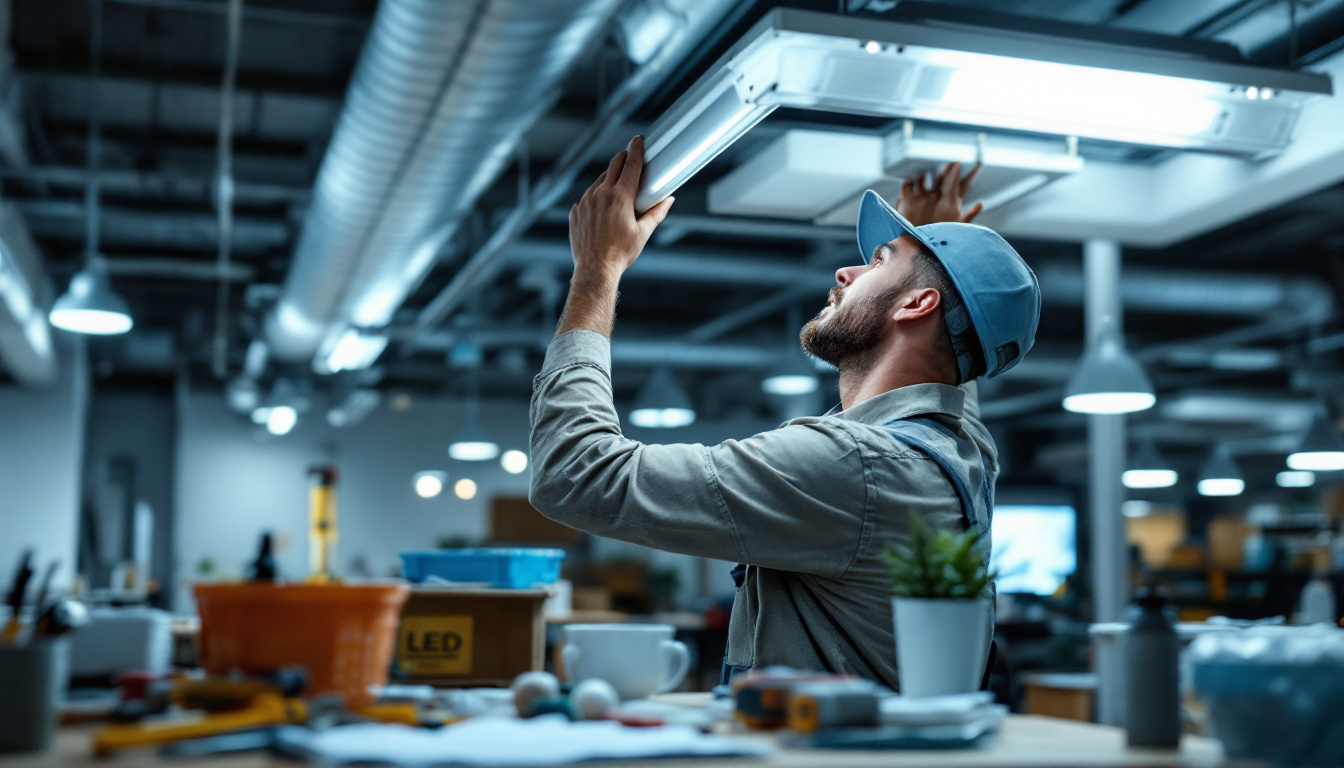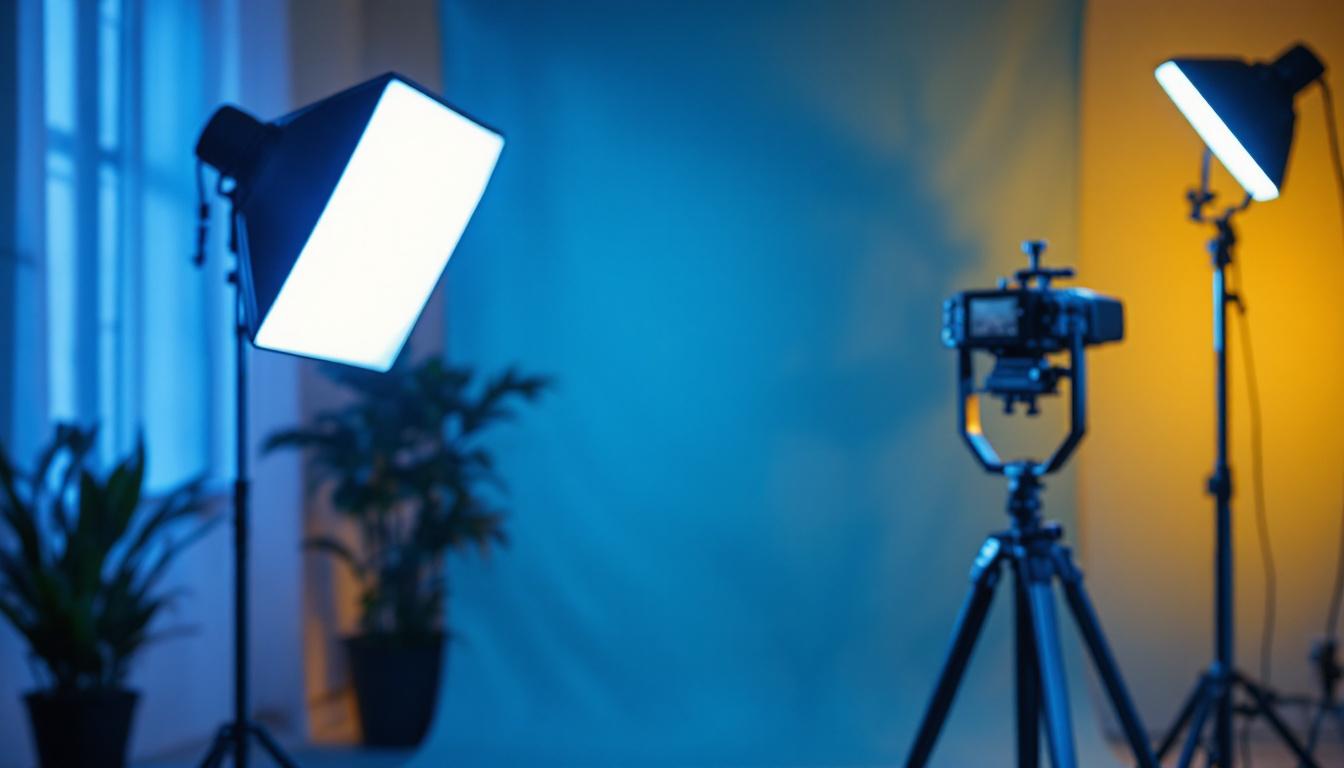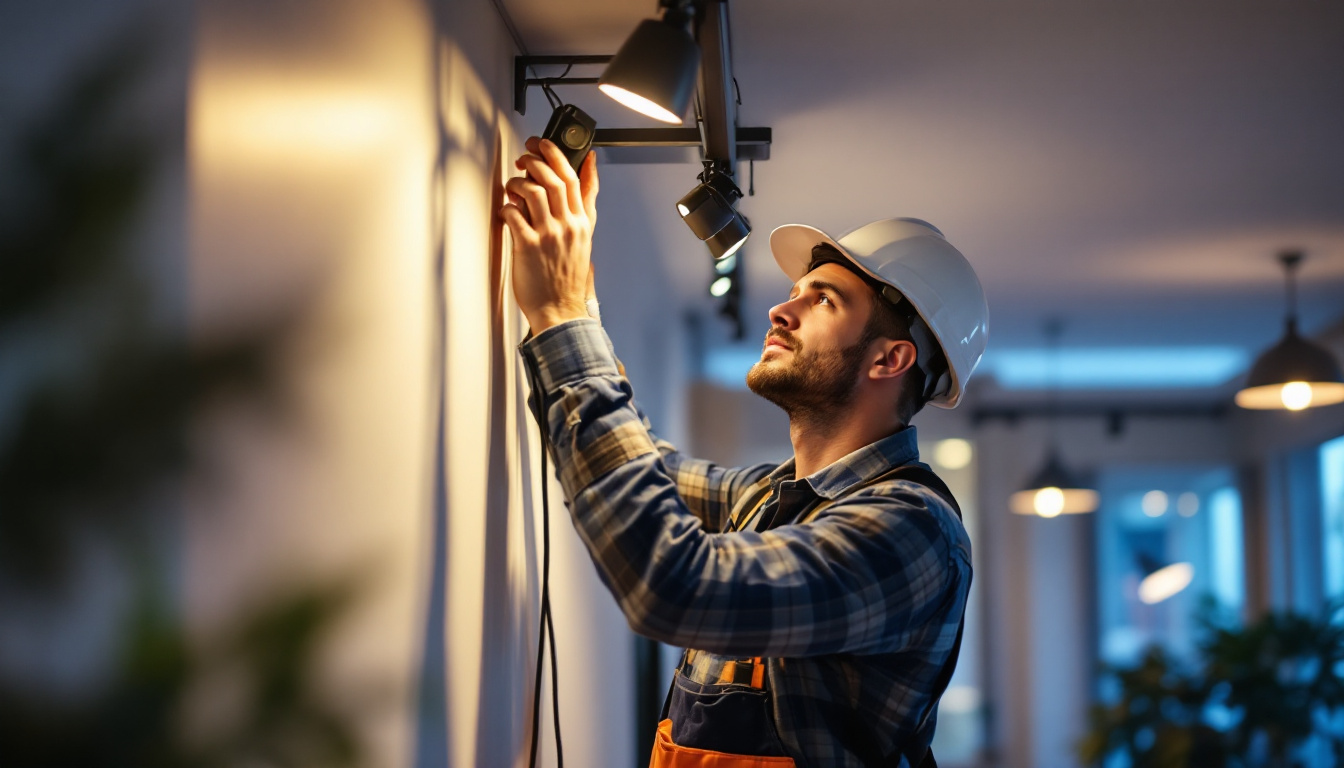
fluorescent lighting has long been a staple in both commercial and residential settings. However, as technology advances, many lighting contractors are now faced with the task of converting these older systems to more efficient LED solutions. This article provides valuable advice for lighting contractors considering a fluorescent light to LED conversion kit, covering the benefits, installation considerations, and best practices.
Converting fluorescent lights to LED offers numerous advantages that can significantly impact energy efficiency, maintenance costs, and overall lighting quality. For contractors, understanding these benefits is crucial when discussing options with clients.
One of the most compelling reasons to switch from fluorescent to LED lighting is the energy savings. LEDs consume significantly less power than their fluorescent counterparts, often reducing energy consumption by up to 75%. This not only lowers electricity bills for clients but also contributes to a more sustainable environment.
Moreover, LEDs have a longer lifespan, typically lasting up to 25,000 hours or more, compared to around 10,000 hours for fluorescent bulbs. This longevity means fewer replacements and less waste, making LEDs a more eco-friendly option. The reduced energy consumption also translates to a decrease in greenhouse gas emissions, aligning with global efforts to combat climate change. As clients become more environmentally conscious, highlighting the sustainability aspect of LED lighting can be a persuasive selling point.
LEDs provide superior light quality, offering better color rendering and brightness. This is particularly important in commercial settings where lighting can impact productivity and mood. The ability to choose from a range of color temperatures allows contractors to tailor lighting solutions to meet specific client needs. For instance, warmer tones can create a cozy atmosphere in restaurants, while cooler tones can enhance focus in office environments.
Additionally, LEDs reach full brightness instantly, eliminating the warm-up time associated with fluorescent lights. This feature is beneficial in environments where immediate lighting is essential, such as in retail spaces or warehouses. The directional nature of LED lighting also allows for more effective illumination, reducing the need for multiple fixtures and creating a more efficient lighting layout. This not only enhances the aesthetic appeal of a space but also ensures that every corner is well-lit, improving safety and visibility.
With their extended lifespan and durability, LED lights significantly reduce maintenance costs. Contractors can assure clients that they will spend less time and money on replacements and repairs. This is especially advantageous for facilities with high ceilings or hard-to-reach fixtures, where changing bulbs can be labor-intensive and costly. Furthermore, the robust construction of LED fixtures makes them less susceptible to breakage, which is a common issue with traditional fluorescent tubes.
In addition to lower replacement costs, the reduced frequency of maintenance also means less disruption to daily operations. Businesses can operate more smoothly without the interruptions caused by flickering or burnt-out lights. This reliability can enhance employee satisfaction and productivity, as well as improve the overall customer experience in retail and service environments. By presenting these practical benefits, contractors can effectively illustrate the long-term value of investing in LED lighting solutions to their clients.
When selecting a fluorescent to LED conversion kit, several factors need to be considered to ensure optimal performance and compatibility. Contractors should be well-informed about the various options available in the market.
One of the first considerations is whether the conversion kit is compatible with existing fluorescent fixtures. Some kits are designed for direct replacement, while others may require modifications to the fixture or wiring. Understanding the specific needs of the existing setup will help in choosing the right kit.
It is essential to review the specifications of the conversion kit, including wattage, voltage, and lumens output, to ensure it meets the requirements of the space being illuminated. A mismatch can lead to poor performance or even safety hazards.
Additionally, the physical dimensions of the LED tubes must be taken into account. Different fixtures may have varying lengths and shapes, and ensuring that the new LED tubes will fit properly is crucial. This attention to detail not only enhances the aesthetic appeal of the lighting but also ensures that the light distribution is effective and uniform throughout the space.
There are several types of conversion kits available, including plug-and-play, ballast bypass, and hybrid options. Each type has its advantages and disadvantages:
Furthermore, contractors should consider the intended use of the lighting. For instance, areas requiring high color accuracy, such as art galleries or retail spaces, may benefit from specific LED tubes designed to enhance color rendering. Understanding the unique requirements of each environment can guide the selection of the most suitable conversion kit.
Quality should never be compromised when selecting a conversion kit. Contractors should look for products that are certified by recognized standards, such as UL or DLC. These certifications ensure that the products meet safety and performance standards, providing peace of mind for both contractors and clients.
Investing in high-quality conversion kits may come at a higher initial cost, but the long-term benefits in terms of reliability and performance can outweigh the upfront expenditure. It is advisable to conduct thorough research and read reviews before making a purchase decision.
Moreover, considering the warranty offered by manufacturers can also be a key factor in the decision-making process. A robust warranty not only reflects the manufacturer’s confidence in their product but also provides additional security for contractors and clients alike. This assurance can be particularly important in commercial settings, where lighting failures can disrupt operations and impact productivity.
Proper installation is crucial to the success of any lighting conversion project. Lighting contractors should be well-versed in the best practices for installing LED conversion kits to ensure optimal performance and client satisfaction.
Before beginning any installation, safety should be the top priority. Contractors must ensure that they are following all local electrical codes and regulations. This includes turning off the power to the fixtures before starting the conversion process.
Using appropriate personal protective equipment (PPE) is also essential. Gloves, safety glasses, and hard hats can help prevent injuries during installation. Additionally, having a clear plan and understanding the layout of the installation site can minimize risks.
While the installation process may vary depending on the type of conversion kit, a general step-by-step approach can be beneficial:
Taking the time to follow these steps can help prevent common installation issues and ensure a successful conversion.
After installation, it is essential to conduct thorough testing to ensure that the new LED lighting is functioning as intended. This includes checking for proper brightness, color temperature, and any flickering or dimming issues.
Contractors should also educate clients on how to operate and maintain their new LED lighting systems. Providing clear instructions and offering ongoing support can enhance client satisfaction and foster long-term relationships.
While converting fluorescent lights to LED can yield significant benefits, contractors may encounter challenges during the process. Being aware of these potential issues and having solutions at hand can streamline the conversion process.
One common issue that may arise after installation is flickering or dimming of the LED lights. This can be caused by incompatible ballasts or incorrect wiring. If a ballast bypass kit has been used, ensuring that the wiring is correctly configured is crucial.
In cases where flickering persists, it may be necessary to replace the LED tubes or consult with the manufacturer for troubleshooting advice. Ensuring that the conversion kit is compatible with the existing fixtures can help prevent these issues from occurring in the first place.
Some clients may be hesitant to switch from fluorescent to LED lighting due to concerns about costs or perceived differences in light quality. Contractors should be prepared to address these concerns by providing clear information about the benefits of LED lighting.
Offering demonstrations or case studies showcasing successful conversions can help alleviate fears and encourage clients to embrace the change. Highlighting the long-term savings and environmental benefits can also be persuasive.
The transition from fluorescent lighting to LED solutions presents an excellent opportunity for lighting contractors to enhance their service offerings and provide clients with modern, efficient lighting solutions. By understanding the benefits, choosing the right conversion kits, ensuring proper installation, and addressing common challenges, contractors can successfully navigate the conversion process.
As technology continues to evolve, staying informed about the latest advancements in LED lighting will be crucial for contractors looking to remain competitive in the industry. Embracing these changes not only benefits contractors but also contributes to a more sustainable future for all.
Ready to elevate your lighting projects with the most efficient LED conversion kits on the market? Look no further than LumenWholesale. Our commitment to providing contractors with spec-grade lighting products at unbeatable wholesale prices sets us apart. By choosing us, you eliminate the middleman and enjoy superior lighting solutions at the best value. With our extensive selection that meets the highest industry standards, you can confidently deliver reliable, high-performance lighting for every project. Plus, with the convenience of free shipping on bulk orders, you can stock up on premium lighting without worrying about hidden fees or compromises. Make the smart choice for your business and visit LumenWholesale today for Wholesale Lighting at the Best Value.

Discover how commercial electric lighting plays a crucial role in enhancing safety across various installations.

Explore compelling real-world success stories of lighting contractors who have mastered the use of electrical receptacles.

Discover everything about Light Balancer—its benefits, installation tips, and how it enhances lighting efficiency.

Discover essential tips and strategies for lighting contractors to master the art of track LED installations.